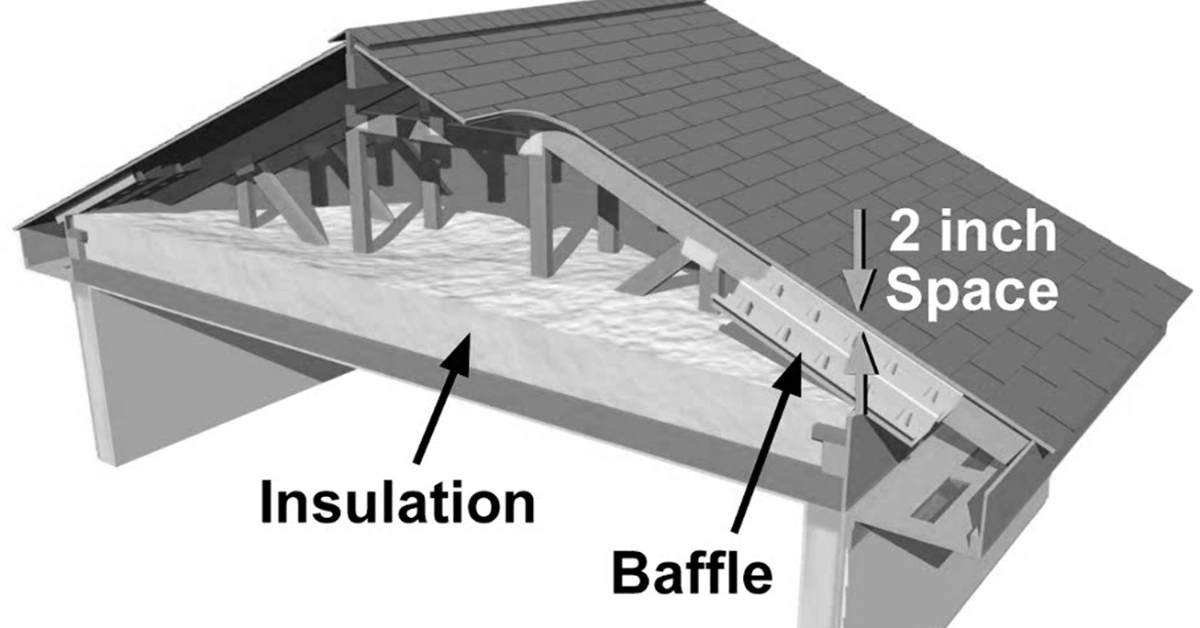Summer’s here, and your electric bill doesn’t have to skyrocket. Smart summer home cooling hacks can slash your energy costs while keeping you comfortable. These proven techniques work whether you rent or own, live in a studio or sprawling house.
Your home battles three main heat sources daily. Solar radiation through windows accounts for up to 30% of unwanted heat gain. Heat transfers through walls, roofs, and building materials, especially in poorly insulated homes. Appliances, electronics, lighting, and even your body generate internal heat that builds up throughout the day.
Block Heat Before It Enters
Strategic Window Management
Keep blinds and curtains closed during peak sun hours, especially on west-facing windows. This simple habit can significantly reduce heat gain without spending a dime. Open windows at opposite ends of your home during cooler morning and evening hours. This creates natural airflow that pushes warm air out while bringing cooler air in.
Blackout curtains with white plastic backings reduce heat gain by up to 33% while maintaining privacy. The white backing reflects heat away from your windows instead of absorbing it. Install these on your hottest windows first for maximum impact.
Reflective Window Solutions
Specialized window films can reflect up to 97% of the sun’s infrared light while blocking harmful UV rays. These films cost $5-15 per square foot but can reduce cooling costs by 30% or more. You can apply most films yourself with basic tools and patience.
Create DIY reflective window coverings using materials like reflective emergency blankets for temporary cooling solutions. These work great for renters who can’t make permanent changes to their windows.
Maximize Your Home’s Natural Cooling
Insulation and Air Sealing

Proper attic insulation prevents heat from radiating down into your living spaces during hot days. Check your attic insulation levels and add more if needed—this investment pays back quickly. Seal gaps around doors and windows to prevent warmer outside air from seeping into your home.
Radiant barriers in your attic reflect heat away from your living spaces, reducing cooling needs significantly. These reflective materials work best in hot, sunny climates where attic temperatures soar.
Smart Landscaping Choices
Plant deciduous trees around your home, especially on southern and western exposures for natural shade. These trees provide cooling in summer while allowing warming sunlight through in winter. Add plants around your home to create cooling through transpiration, where plants release water vapor. Green spaces naturally cool the air around your home through this evaporation process.
Power Up Your Cooling Game
Fan Optimization Techniques
Set ceiling fans to rotate counter-clockwise in summer to create a cooling downdraft effect. This pushes air down and creates a wind-chill effect that makes you feel cooler. Using ceiling fans can make a room feel up to 4°F cooler while using minimal electricity compared to air conditioning.
Place a bowl of ice in front of a fan to create a cooling mist effect as air circulates. This DIY technique works surprisingly well for small spaces and costs almost nothing. Position one fan to blow air out a window while another draws air in from the opposite side.
DIY Evaporative Cooling
Hang slightly damp towels near fans to create an evaporative cooling effect that lowers air temperature. The water evaporation process naturally cools the air passing over the damp fabric. Create simple evaporative coolers by placing containers of water in front of fans for small-scale cooling.
Commercial evaporative coolers work exceptionally well in dry climates and use up to 75% less energy than traditional air conditioning. These “swamp coolers” add moisture while cooling, making them perfect for arid regions.
Optimize Your Air Conditioning
Smart Settings and Maintenance
Set your thermostat between 75-80°F because increasing your temperature by just 1°F can reduce running costs by about 10%. Clean or replace air filters every 30-60 days during summer to ensure optimal airflow and efficiency.
Schedule annual pre-season check-ups to ensure your system runs efficiently, which can reduce operating costs by up to 20%. Keep the area around your outdoor unit clear of debris and vegetation to improve airflow and efficiency.
Technology Integration
Install programmable or smart thermostats that automatically adjust temperatures based on your schedule, potentially reducing cooling energy usage by up to 15%. These devices learn your patterns and optimize cooling when you need it most. Consider upgrading to Wi-Fi connected systems that allow remote control and monitoring of your cooling system.
Implement zoning to cool only occupied areas of your home rather than the entire house. This targeted approach saves energy by focusing cooling where you actually spend time.
Cost-Effective Solutions for Every Budget
Low-Cost Winners
Strategic window management costs nothing but can dramatically reduce indoor temperatures throughout your home. Window films typically cost $5-15 per square foot but can reduce cooling costs by 30% or more with proper installation. These summer home cooling hacks deliver impressive results without major investments.
Medium Investment Options
Whole house fans cost between $300-$1,500 installed but can cool your entire home for a fraction of air conditioning costs. Smart thermostats ranging from $100-$300 can reduce cooling costs by 10-15% through automated temperature management. Adding proper attic insulation costs $1-$3 per square foot but can reduce cooling costs by 10-50% depending on current levels.
Climate-Specific Strategies
Hot, dry climates benefit most from evaporative cooling solutions and night flushing techniques that work with natural temperature swings. Hot, humid areas need dehumidification in conjunction with cooling systems to improve comfort and efficiency. Add external shade structures like awnings or pergolas to block direct sunlight before it reaches windows.
Your Action Plan for Staying Cool
These summer home cooling hacks work best when you layer multiple strategies together for maximum effectiveness. Start with the free options like strategic window management and fan optimization before investing in equipment. Combining passive cooling techniques with smart technology creates the most comfortable home environment while minimizing energy consumption and costs.
The most effective approach prevents heat gain through proper insulation and shading first, then uses natural ventilation and mechanical cooling efficiently. This comprehensive strategy not only improves comfort but significantly reduces energy consumption and cooling costs throughout the hottest months.
Track your energy bills before and after implementing these techniques to see real savings adding up each month.

